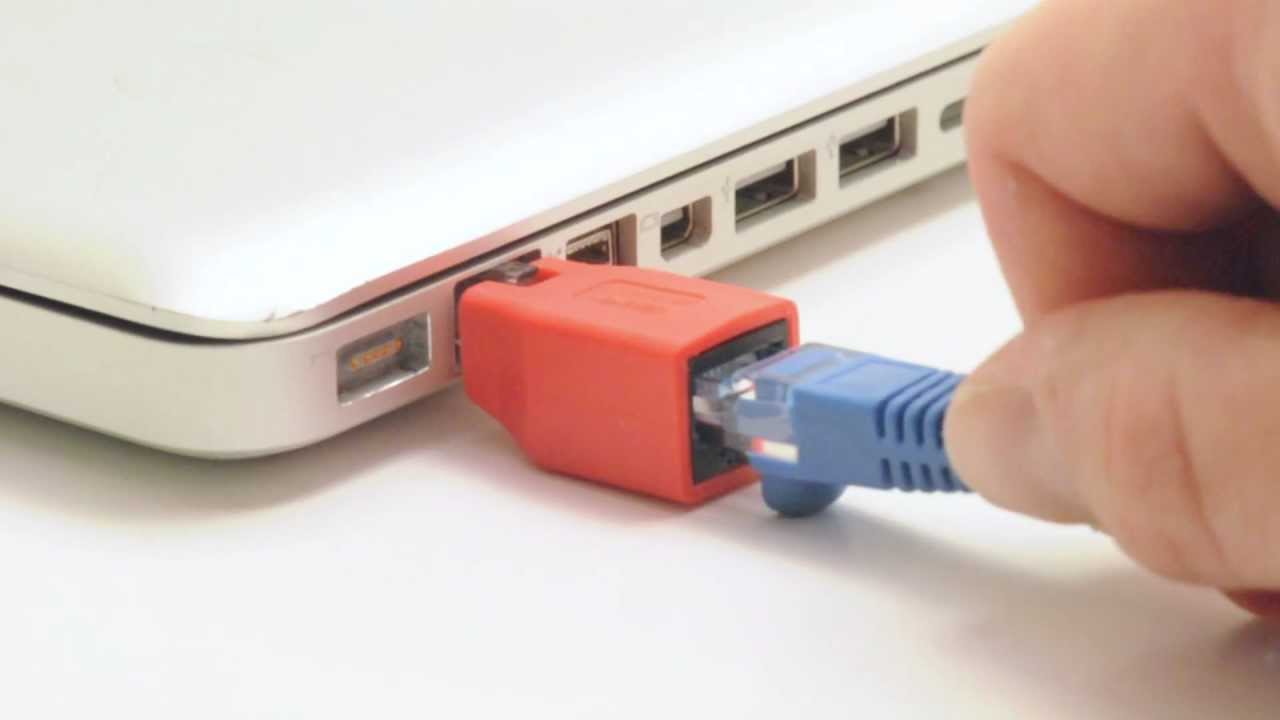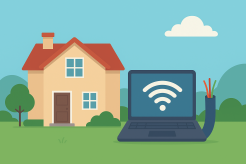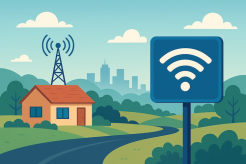How Do I Convert DSL to Ethernet?

If you’ve been using DSL for your internet connection and are now considering making the switch to Ethernet, you’re in the right place. We understand that technology can be confusing at times, but we’re here to simplify the process for you. In this article, we’ll guide you through the steps to convert DSL to Ethernet seamlessly. Before we dive into the details, let’s make sure we’re on the same page regarding DSL and Ethernet.
Understanding DSL and Ethernet
Before you embark on the journey of conversion, it’s important to grasp the fundamental differences between DSL and Ethernet. If you’re not quite clear on this, our DSL technology guide can provide you with a comprehensive overview. DSL, which stands for Digital Subscriber Line, is a technology that uses existing telephone lines to transmit internet data. Ethernet, on the other hand, is a faster and more reliable wired connection.
Why Switch to Ethernet?
Ethernet offers several advantages over DSL. Here are a few reasons you might want to make the transition:
-
Speed: Ethernet is known for its high-speed connectivity, making it perfect for tasks that demand a fast and stable internet connection.
-
Reliability: With Ethernet, you experience fewer connectivity issues, as it’s not as susceptible to interference as DSL.
-
Security: Ethernet is a more secure option compared to DSL, reducing the risk of data breaches.
Converting from DSL to Ethernet
Now that you have a basic understanding of the two technologies, let’s delve into the process of converting from DSL to Ethernet.
1. Assess Your Current Setup
The first step is to assess your current setup. Take a look at the devices you’re using to connect to the internet. Do you have a DSL modem and a router? You’ll need to identify these components to proceed.
2. Check Compatibility
Before making the switch, ensure that your internet service provider supports Ethernet connections. Give them a call or visit their website to verify. Most ISPs offer Ethernet services, but it’s always good to double-check.
3. Obtain an Ethernet Modem and Router
If you’ve confirmed compatibility, it’s time to get an Ethernet modem and router. You can purchase these from an electronics store or even rent them from your ISP. Make sure you get devices that are compatible with your internet plan.
4. Disconnect DSL Equipment
Before connecting your new Ethernet equipment, you must disconnect your DSL modem and router. This involves unplugging all cables and power sources.
5. Connect Ethernet Equipment
Now, it’s time to connect your Ethernet modem and router. Use Ethernet cables to connect your devices to the modem and router. Ensure that everything is securely connected.
6. Configure Your Network
Access the router’s web interface by typing its IP address into your web browser. This address is usually something like “192.168.1.1.” You may need to consult your router’s manual for specific instructions. Once you’re in, configure your network settings, including the network name (SSID) and password.
7. Test Your Connection
Once your network is set up, it’s crucial to test your new Ethernet connection. Open a web browser and visit a website to ensure that you’re online. You can also use online speed test tools to check the speed of your connection.
Making the Transition Smooth
Switching from DSL to Ethernet can be a seamless process if you follow these steps. However, it’s important to note that some DSL modems may require configuration changes or firmware updates to work with an Ethernet connection. For more detailed information on this, check out our comprehensive guide on converting DSL to Ethernet.
Difference Between DSL and Wi-Fi
While we’re on the topic of DSL, it’s essential to highlight the differences between DSL and Wi-Fi. Many people often confuse the two technologies. Our blog post on the difference between DSL and Wi-Fi provides a clear breakdown of these distinctions, helping you make informed decisions about your internet connectivity.
In summary, making the switch from DSL to Ethernet involves assessing your current setup, checking compatibility, obtaining the necessary equipment, and configuring your network. By following these steps and consulting our comprehensive guide, you can enjoy the benefits of a faster and more reliable internet connection. Say goodbye to the limitations of DSL and welcome the world of Ethernet with open arms.
In conclusion, the path from DSL to Ethernet is a journey that brings you faster, more reliable internet access. With a clear understanding of the process and the right equipment, you’ll be streaming, working, and browsing with ease in no time. So, go ahead and make the switch! Your online experience will thank you.
Related Posts

Mon, Dec 15, 2025 2:24 AM
Internet Bundles Broadband DealsFrontier Internet Review: Affordable Fiber and DSL
An updated Frontier Internet review covering fiber and DSL plans, current pricing, speeds, fees, and availability. See whether Frontier is worth it for your home.

Mon, Dec 15, 2025 1:11 AM
Internet Bundles Broadband DealsCox Internet Review: Plans, Pricing, and Performance Overview
An updated Cox Internet review covering plans, pricing, speeds, data caps, and fees. See whether Cox is worth the cost.

Fri, Dec 12, 2025 3:17 AM
Internet BundlesHow to Get the Best Value From Your Internet Plan
Learn how to save money on your internet bill by optimizing your plan, upgrading smartly, and choosing the right speed and equipment for your home.

Thu, Dec 11, 2025 2:25 AM
Broadband DealsBest Broadband Service in the US: Guide to Fast, Reliable Internet
Discover the best broadband service in the US. Compare top providers like Google Fiber, AT&T, Verizon Fios, Xfinity, Spectrum, and more to find fast, reliable internet for your home or business.

Wed, Dec 10, 2025 1:16 AM
Internet BundlesSeniors’ Guide to the Best Streaming Bundles
Discover the best streaming bundles for seniors. Learn which streaming services, apps, and internet plans make entertainment easy and affordable.